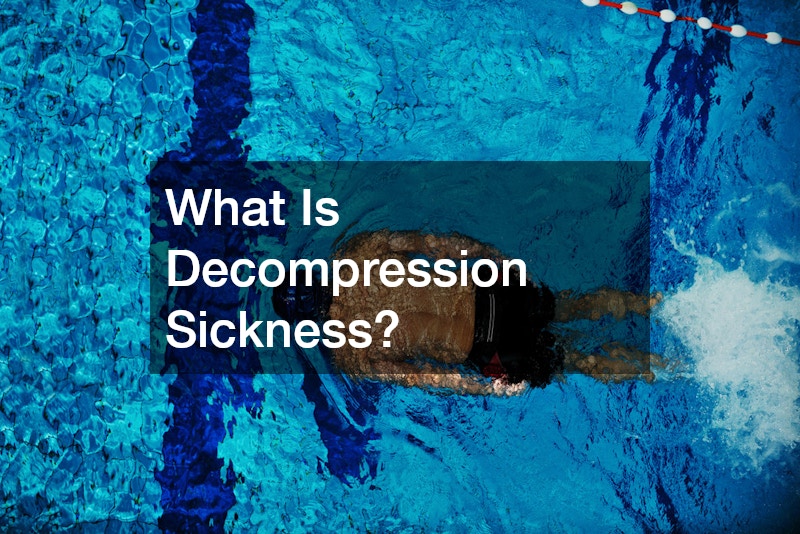Decompression sickness, often known as “the bends,” is a potentially serious condition that can affect divers, aviators, and astronauts when they experience rapid decreases in pressure. This condition stems from dissolved gases, primarily nitrogen, coming out of solution and forming bubbles in the body’s tissues and bloodstream during rapid pressure changes.
When a diver descends, the pressure of the surrounding water increases, causing nitrogen from the breathing gas to dissolve into the body’s tissues.
Normally, this dissolved gas is harmless and remains in solution. However, if the pressure decreases too quickly during ascent—such as a diver surfacing too rapidly—the nitrogen gas does not have enough time to be safely expelled through the lungs. Instead, it forms bubbles that can cause tissue damage and block blood vessels.
Symptoms of decompression sickness can range from mild to severe and may include joint pain, dizziness, headache, difficulty breathing, and fatigue. More severe cases can lead to paralysis, unconsciousness, and even death if not promptly treated. The treatment for decompression sickness is recompression therapy, typically conducted in a hyperbaric chamber. This involves the patient breathing pure oxygen under controlled pressure conditions, which helps to dissolve the nitrogen bubbles back into the bloodstream for safe elimination by the lungs.
Prevention is the best strategy against decompression sickness. Divers are advised to ascend slowly and perform decompression stops as needed, according to dive tables or dive computers that calculate safe ascent rates based on the depth and time of the dive.
Watch the video above to learn more about decompression sickness!.

